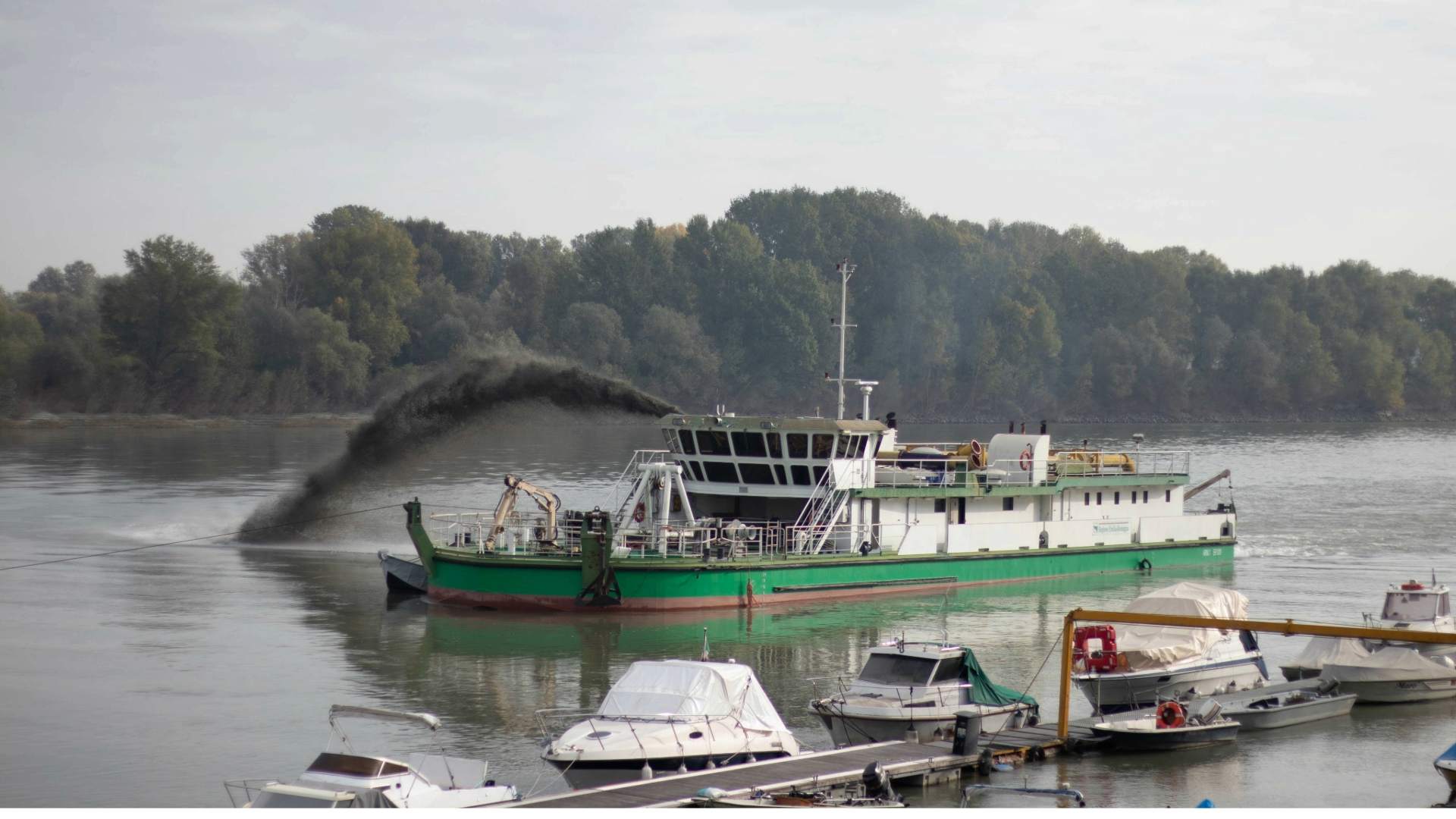Introduction
The U.S. Army Corps of Engineers (USACE) Alaska District has officially launched a major harbor dredging project at Dutch Harbor, one of the United States’ most important fishing ports by volume. Work began in June 2025 to deepen the entrance to Iliuliuk Bay, where a shallow bar has long impeded safe navigation for larger vessels entering and exiting the port. This development marks a pivotal moment for Alaska’s maritime infrastructure and is expected to significantly benefit the regional economy and the broader supply chain network in the North Pacific.
Addressing a Longstanding Navigational Challenge
Dutch Harbor, located on Unalaska Island in the Aleutian Islands chain, serves as a critical hub for the U.S. seafood industry. However, for years, vessels entering the port have faced challenges due to a naturally occurring shallow bar at the entrance to the bay. This bar limits the safe draft for deep-draft vessels, complicating operations for large fishing boats, cargo ships, and fuel carriers—especially during adverse weather conditions.
The ongoing navigation channel dredging project aims to resolve this issue by removing approximately 172,000 cubic yards of sediment to create a channel that measures 600 feet by 600 feet with a depth of 58 feet. This enhanced depth and width will ensure a safer and more reliable passage for vessels of all sizes, reduce the risk of groundings, and streamline access to the harbor under a wider range of tidal conditions.
A Decade in the Making
This initiative has been in development for years. The USACE completed its final feasibility report in 2019, followed by a Chief’s Report in 2020, which enabled federal authorization for construction. The formal partnership agreement between the USACE and the City of Unalaska was finalized in March 2024, paving the way for actual construction work to begin.
In July 2024, the contract for the dredging operation was awarded to J.E. McAmis Inc., a marine contractor based in Chico, California, recognized for its expertise in marine construction and sediment management.
The $9.2 million project is being funded through a cost-sharing agreement, in which the federal government covers 75% of the costs and the City of Unalaska contributes the remaining 25%. This financial partnership reflects the shared vision and commitment of local and federal authorities to improving Alaska’s maritime infrastructure.
Economic and Strategic Importance
The significance of this harbor dredging effort extends beyond local benefits. Dutch Harbor ranks consistently among the top U.S. fishing ports by volume, processing millions of pounds of seafood annually. Improved access to the port will not only enhance operational safety but also increase efficiency in seafood transportation, processing, and export.
Col. Jeffrey Palazzini, commander of the USACE Alaska District, emphasized the broader impact of the project when the contract was awarded:
“This project is going to improve safety for mariners and strengthen the supply chain of the North Pacific and Bering Sea.”
Indeed, this navigation channel dredging initiative will help solidify the port’s role as a logistical linchpin in the region—supporting both commercial and subsistence fishing operations, ensuring steady supplies to remote communities, and bolstering trade routes between Alaska and the lower 48 states.
Supporting Sustainability and Resilience
Beyond economic gain, improved access and safer vessel operations will contribute to long-term sustainability. Fewer groundings and less need for vessel maneuvering in tight, shallow waters translate into lower fuel consumption and reduced environmental risk. In a region where ecosystems are both fragile and vital to the local economy, the dredging operation is being conducted with strict environmental safeguards in place.
The USACE and contractors are coordinating with local authorities and environmental agencies to minimize impacts on marine life, including the implementation of sediment control measures and timing operations to avoid disrupting the spawning or migratory patterns of key species.
Local Reception and Community Impact
Local leaders have welcomed the project as a much-needed infrastructure upgrade. The city of Unalaska, which has a population heavily dependent on the fishing and maritime industries, stands to benefit from increased economic activity and improved maritime safety.
Commercial fishers and vessel operators have expressed optimism that the project will reduce costly delays and enhance competitiveness in the seafood market. At the same time, subsistence users—who rely on small craft and traditional fishing methods—are expected to benefit from safer shared waterways.
Looking Ahead
The Dutch Harbor entrance navigation channel dredging project is scheduled for completion by the end of the 2025 dredging season. Once complete, the improved channel will help future-proof the port against growing vessel sizes and changing weather patterns that are increasingly impacting maritime operations across the North Pacific.
This initiative stands as a model of federal-local collaboration, targeted infrastructure investment, and strategic planning. It reaffirms the importance of harbor dredging not only as a technical solution but also as a catalyst for economic resilience, maritime safety, and sustainable regional development.
As Alaska continues to position itself as a key player in global seafood and logistics networks, projects like this ensure that critical ports, such as Dutch Harbor, remain accessible, safe, and efficient for decades to come.
